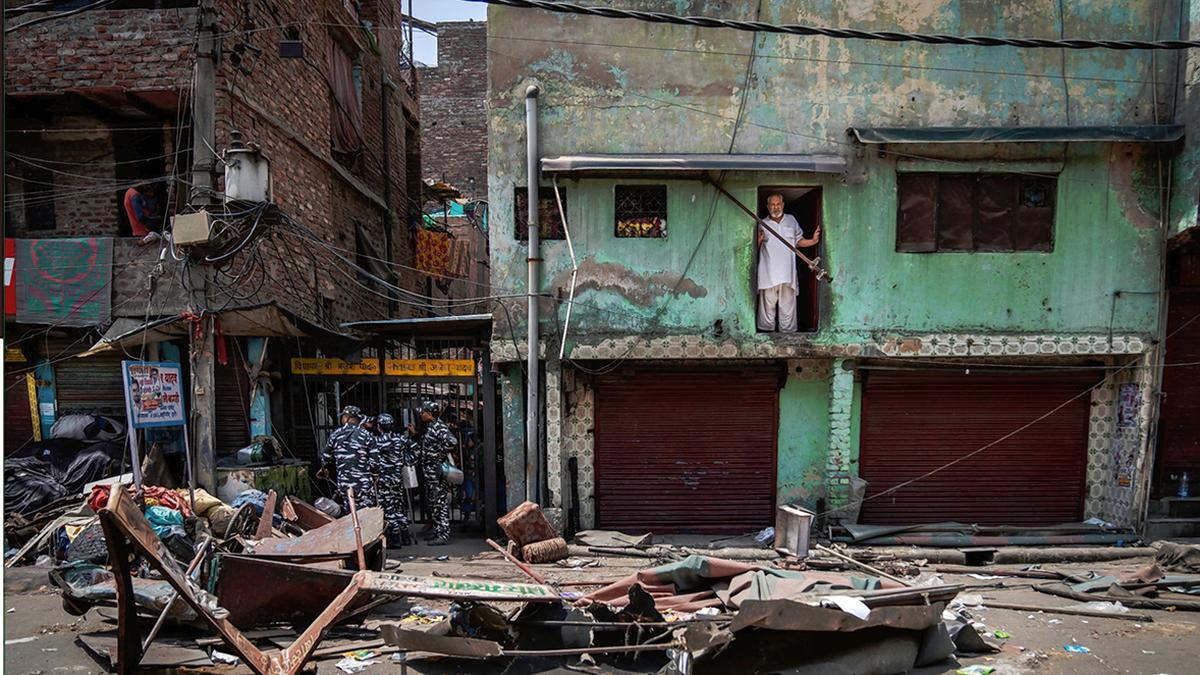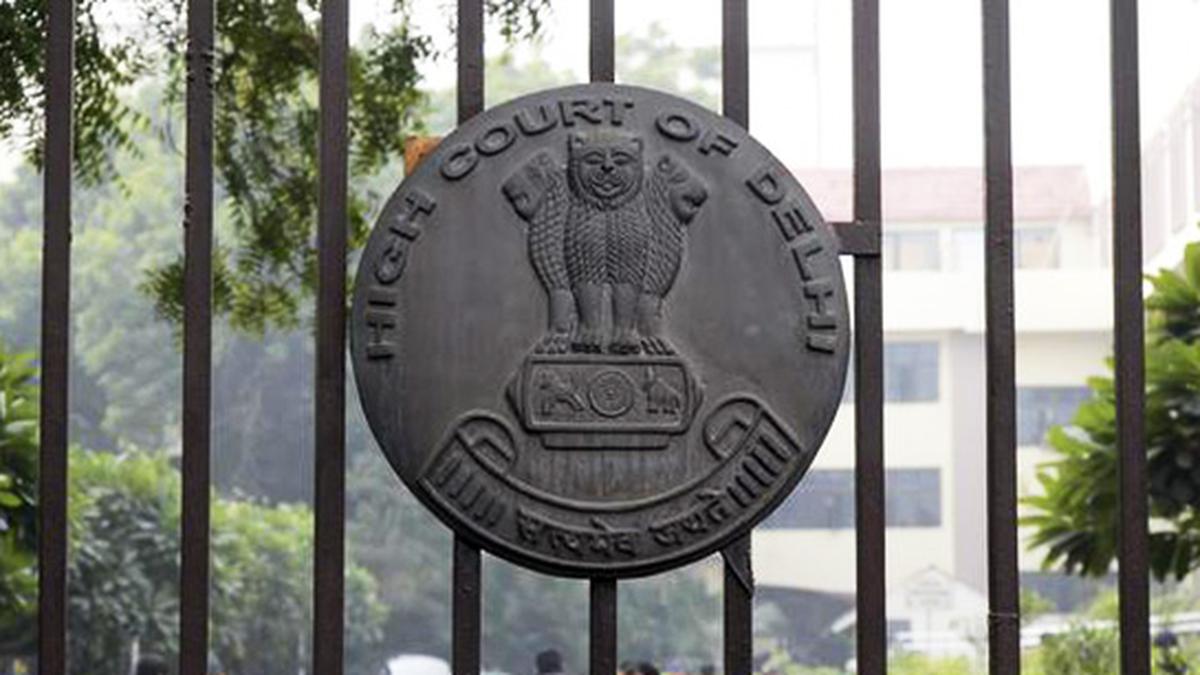India among 25 nations with high religious restrictions: Data


A Muslim man watches from his house after a shop was demolished in the area that saw communal violence during a Hindu religious procession in New Delhi, India, Wednesday, April 20, 2022.
| Photo Credit: Altaf Qadri
On an index measuring religion-related hostilities for 2022, India scored the highest among 198 nations, according to a report recently published by the Pew Research Center. A higher score on the social hostilities index (SHI) indicates greater levels of religion-related harassment, mob violence, terrorism, militant activity, and conflicts over religious conversions or the use of religious symbols and attire. India scored 9.3 on a scale of 10 on the SHI. Scores above 7.2 are considered ‘very high’.
The report also assessed countries based on the government’s restrictions on religion, using the government restrictions index (GRI). The GRI measures laws, policies, and actions that regulate or limit religious beliefs and practices. These include policies banning particular beliefs or practices, the unequal granting of benefits to certain religious groups, and bureaucratic rules requiring religious groups to register to access benefits. India had a ‘high’ GRI score of 6.4 out of 10 in 2022. Scores above 6.6 are classified as ‘very high’.
Chart 1 plots the GRI (horizontal axis) and SHI (vertical axis) scores of 198 countries for 2022. The higher a country is on the chart, the more it experiences religion-related hostilities by non-government players. The farther to the right, the more government restrictions there are on religions.
Charts appear incomplete? Click to remove AMP mode.
Only 12% (25 countries) had ‘high’ or ‘very high’ GRI scores and SHI scores in 2022: India, Nigeria, Syria, Pakistan, Iraq, Egypt, Afghanistan, Israel, Libya, Palestinian territories, Ukraine, Bangladesh, France, Jordan, Iran, Sri Lanka, Somalia, Tunisia, Indonesia, Yemen, Laos, Nepal, Algeria, Maldives, and Armenia. In about 62% of the countries, including Canada and South Korea, the GRI and SHI scores were ‘low’ or ‘moderate’. In 16% of the countries, the GRI was ‘very high’ or ‘high’, but the SHI was ‘low’ or ‘moderate’; these include Cuba and China. In 10% of countries, the GRI was ‘low’ or ‘moderate’, but the SHI was ‘high’ or ‘very high’. These include Brazil and the Philippines.
Chart 2 shows the share and number of countries (in bold) with high or very high GRI score over the years
The number of countries with ‘high’ or ‘very high’ GHI scores rose to 59 (30% of 198 countries) in 2022 from 55 in 2021. In 2007, when the index was started, only 40 nations (20%) had ‘high’ or ‘very high’ scores.
Chart 3 shows the share and number of countries with high or very high levels of religion-related hostilities over the years
The number of countries with ‘high’ or ‘very high’ SHI scores rose to 45 (23% of all countries analysed) in 2022 from 43 countries in 2021. In 2012, 65 countries had ‘high’ or ‘very high’ scores — the highest share (33%).
Harassment by governments — a broad measure encompassing verbal and physical pressure by authorities on religious groups — was among the most prevalent types of restrictions in 2022. It was reported in 186 of the 198 countries and territories studied (94%).
Government interference in worship was also widespread in 2022 and was reported in 170 countries and territories (86%). This includes policies and actions that disrupt religious activities, such as withholding permission to worship or denying access to places of worship. It also covers restrictions on religious practices and rituals not directly tied to worship, such as burial practices.
Chart 4 shows the number of countries where there was government harassment of religious groups and government interference in worship.
The report said that government restrictions and social hostilities often align closely, i.e., the lower the score on one index, the lower the score on the other too generally, and vice-versa.
Source: Pew Research Center
Also read: Women electors turned out more in 2024 LS polls, gender difference highest in Bihar
Published – January 03, 2025 08:00 am IST




